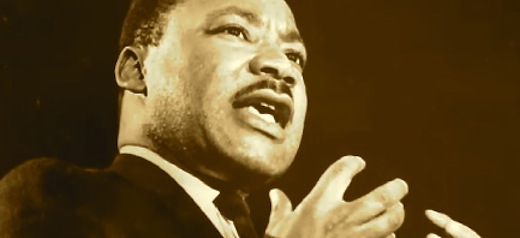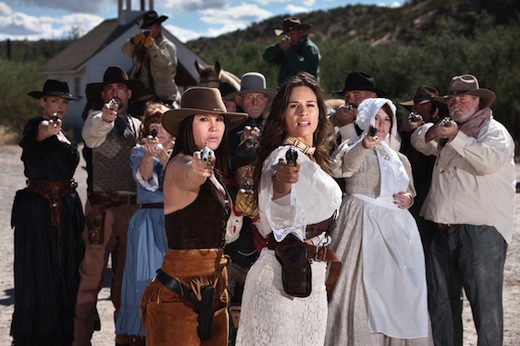No supper. That was my vow on a recent cool night in Suzhou, China. I was alone.
My son Atticus, a fifth-grader at The International School (TIS) in Portland, was living with a Chinese family for a week and attending Suzhou Experimental Elementary School, the culmination of seven years of Mandarin immersion.
Like some other parents, I had gorged on much more food than normal since arriving in China. Who but our doctors could blame us? This wasn’t the bland fare of 82nd Street back home. I couldn’t say no to nonstop courses of exotically spiced meals that TIS had arranged. And in small groups how could we not search out wonders awaiting at hole-in-the-wall joints that Zagat would never find?
Even an impromptu trip to a Suzhou mall for a food court lunch had me imagining Anthony Bourdain was sitting nearby, grinning. He would tell us, I rationalized, that gluttony is just reward for years of tuition checks and carpool treks.
That night while alone, my stomach growled. But I wasn’t hungry merely for food. I wanted another Authentic Encounter, such as those at places with a smattering of tables, no English, and no napkins, places where the staffs appeared delighted to be serving wài guó rén—foreigners.
[vimeo]https://vimeo.com/162629963[/vimeo]On consecutive nights in Shanghai and Suzhou, Atticus and I along with a few friends had gorged on heaping bowls of noodles complemented with rich broths and other ingredients. At one tiny place we watched the noodles being made from scratch and then deposited in a sidewalk cauldron of broth. (Atticus translated the restaurant name as Blue Water Kneading Dough.)
Alone in Suzhou outside another small restaurant, I squinted through the window at pictures of food on the wall, hoping to find another memorable meal. An Asian woman gestured me inside.
Turned out that she too was a tourist, from Singapore, and spoke English. She recommended a Chinese beef stew seasoned with five-spice powder. The server, a young woman whose toddler sat nearby slurping noodles, offered me beer. How could I refuse a Tsingtao? It’s among the few Chinese words I know and only one I pronounce with confidence.
As I paid the bill of 40 yuan, about $6, an old woman emerged from the kitchen. Smiling at me, she spoke rapidly in Mandarin. No translation needed.
{ Comments on this entry are closed }








